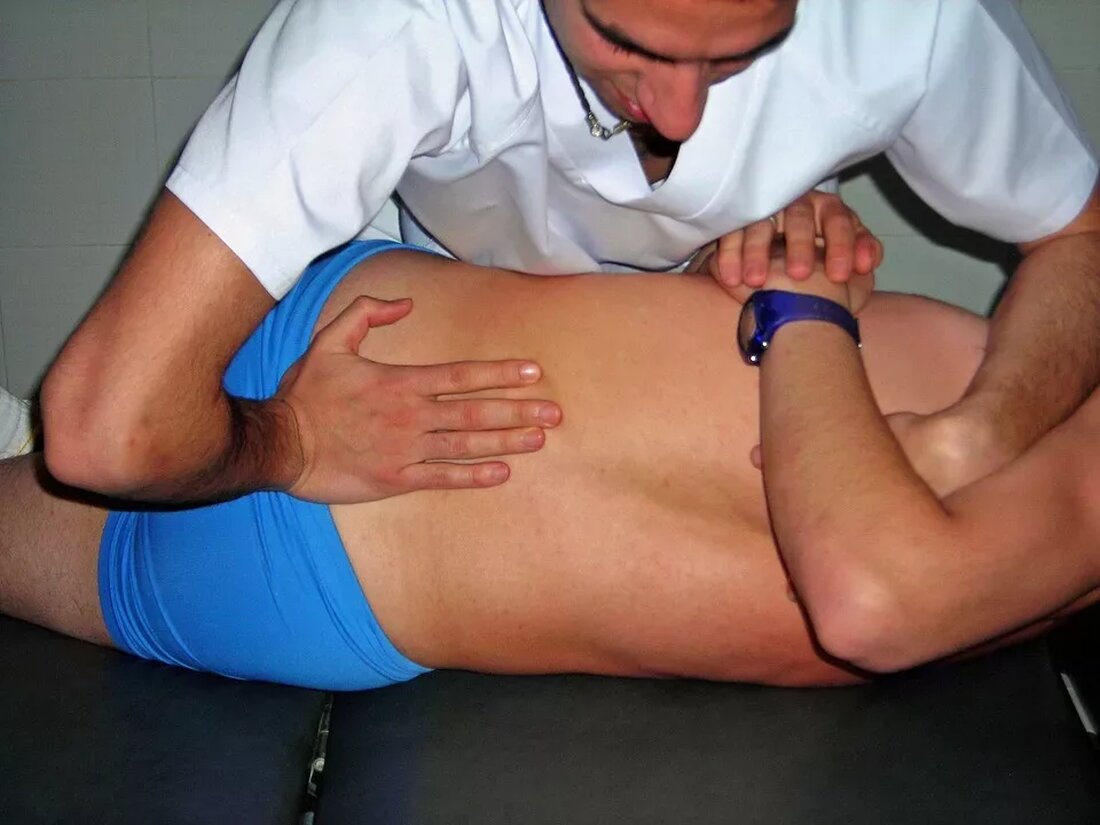Osteopathy in veterinary medicine: A practical guide
Osteopathy in veterinary medicine: A practical guide Osteopathy has developed into a popular alternative therapy in veterinary medicine in recent years. In this article we will give you a comprehensive guide to using osteopathy in veterinary medicine. Learn more about the benefits of this treatment method and how you can use it successfully as a veterinarian or pet owner. What is osteopathy in veterinary medicine? Osteopathy is a manual therapy method in which the body's self-healing powers are stimulated through targeted movements and movement techniques. It is based on the principle that the body is viewed as a whole and all...

Osteopathy in veterinary medicine: A practical guide
Osteopathy in veterinary medicine: A practical guide
In recent years, osteopathy has also become a popular alternative therapy in veterinary medicine. In this article we will give you a comprehensive guide to using osteopathy in veterinary medicine. Learn more about the benefits of this treatment method and how you can use it successfully as a veterinarian or pet owner.
What is osteopathy in veterinary medicine?
Osteopathy is a manual therapy method in which the body's self-healing powers are stimulated through targeted movements and movement techniques. It is based on the principle that the body is viewed as a whole and all structures are connected to one another. By releasing blockages and restoring balance in the body, pain and discomfort can be alleviated.
In veterinary medicine, osteopathy is used primarily for musculoskeletal problems, but also for other diseases such as digestive disorders, respiratory diseases and behavioral problems. It offers an alternative or complementary method to conventional veterinary medicine.
Training and certification of osteopaths in veterinary medicine
In order to work as an osteopath in veterinary medicine, in-depth training and certification is required. In Germany there are various schools that offer special training for veterinarians and animal physiotherapists. The best-known schools include the European School of Osteopathy (ESO) and the Academy of Veterinary Medicine (ATM). These schools offer courses that span several years and combine theoretical knowledge with practical experience.
After successfully completing their training, osteopaths in veterinary medicine must take an exam to prove their skills and knowledge. Only certified osteopaths are allowed to offer their services and work as veterinary therapists.
Application of osteopathy in veterinary medicine
The use of osteopathy in veterinary medicine requires a thorough understanding of the animal's anatomy and physiology. Before osteopathic treatment is carried out, a comprehensive examination is necessary to identify possible causes of the animal's symptoms. This may include a thorough clinical examination, movement analysis, and other diagnostic procedures.
During treatment, various osteopathic techniques are used to release blockages and restore mobility. This includes mobilization techniques, gentle manipulations and stretches. The intensity of the treatment is adjusted individually so as not to stress or injure the animal.
Osteopathy in veterinary medicine can be used as a sole therapy or in combination with other treatment methods. It is important that an experienced veterinarian or osteopath carries out the treatment to achieve the best results and avoid possible complications.
Benefits of osteopathy in veterinary medicine
Osteopathy offers a variety of benefits in veterinary medicine:
– Holistic approach: Osteopathy looks at the body as a whole and strives to restore balance in all body systems.
– Non-invasive treatment: The osteopathic techniques are gentle and non-invasive, which makes them well tolerated by many animals.
– Pain relief: By releasing blockages and improving range of motion, pain from many musculoskeletal problems can be relieved.
– Supporting the body’s self-healing powers: Osteopathy can stimulate the body’s self-healing powers and accelerate recovery.
– Complementary therapy: Osteopathy can be a good complement to conventional veterinary medicine and improve the results of other treatment methods.
– Improvement of behavioral problems: Often behavioral problems in animals can be due to pain or discomfort. Osteopathy can help treat these underlying problems and improve the animal's behavior.
Frequently asked questions about osteopathy in veterinary medicine
1. Which animals can benefit from osteopathy?
Osteopathy can be used on many different types of animals, including dogs, cats, horses, cows and other farm animals.
2. Is osteopathy effective for all animal diseases?
No, osteopathy is not suitable for all animal diseases. However, it is good for musculoskeletal problems and can have a positive effect on various other diseases. It is important that an experienced veterinarian or osteopath examines the animals thoroughly and adjusts treatment accordingly.
3. As a pet owner, can I use osteopathic techniques on my pet myself?
No, osteopathy requires special training and experience. It is important that treatment is carried out by a certified osteopath or veterinarian to avoid injury or complications.
4. How many osteopathic sessions are usually required?
The number of sessions required depends on the type of disease and the individual animal. In some cases, just one or two sessions may be sufficient, while in other cases, regular treatment over a longer period of time is required.
5. Are there any risks or side effects with osteopathy?
Osteopathy is generally safe and well tolerated. However, temporary symptoms may occasionally occur, such as muscle soreness or temporary worsening of symptoms. It is important that the treating osteopath or veterinarian informs you about possible side effects.
Conclusion
Osteopathy offers an alternative treatment method in veterinary medicine and can alleviate a variety of complaints and illnesses. It is a gentle and non-invasive therapy option that can stimulate the body's self-healing powers. However, it is important that osteopathy is performed by a certified osteopath or veterinarian to achieve the best results and avoid possible complications. If your pet is in discomfort, you should always consult a veterinarian or osteopath to find the appropriate treatment option.

 Suche
Suche
 Mein Konto
Mein Konto
